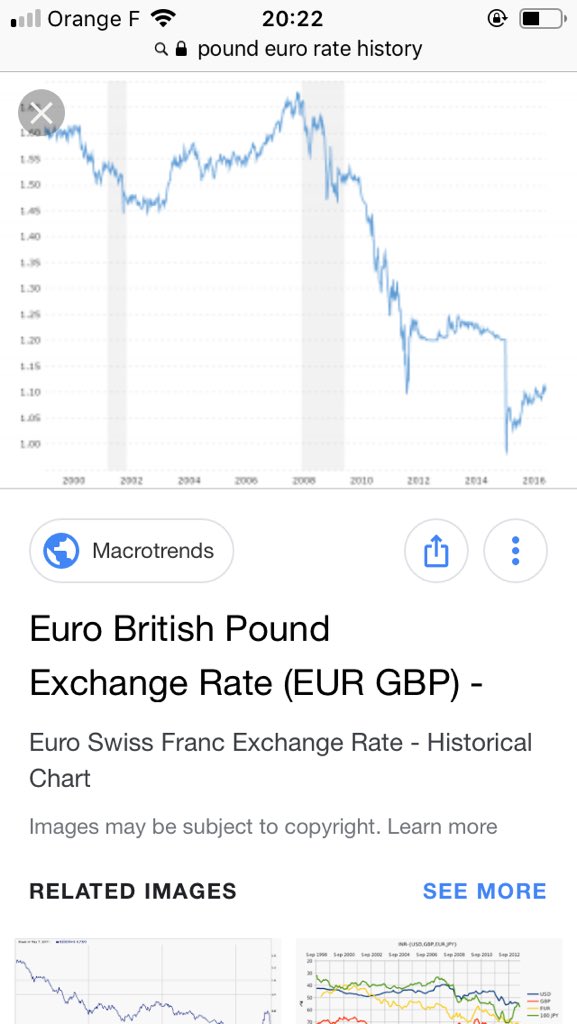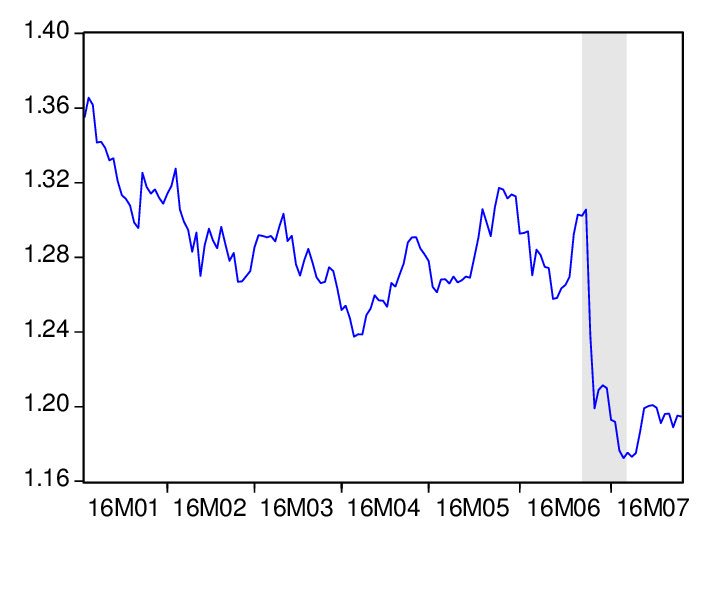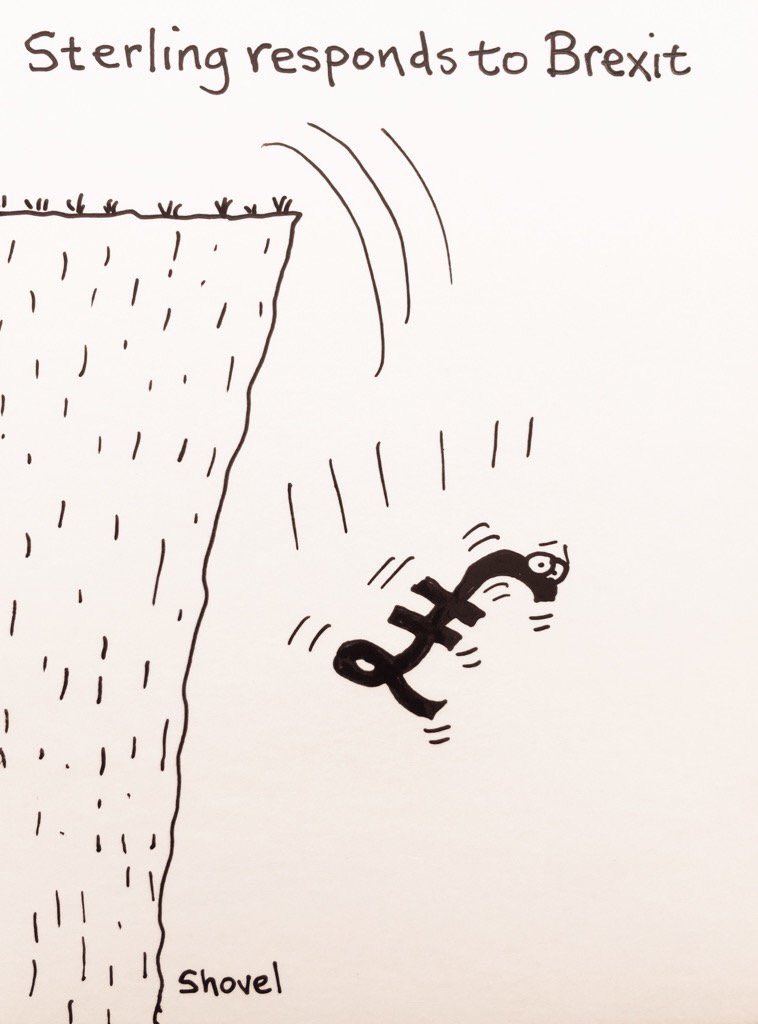A thread: (1/21)
That would, ordinarily, mean completely cutting all ties with the EU’s laws and institutions. But doing so overnight would be carnage and chaotic.
But while the UK remains within the EU, the EU can’t negotiate on trade with a part of itself. It can only start doing so AFTER March 2019. Therefore…
Even though it will have no day in writing EU law, the UK will at least continue to have full open trading access to the rest of Europe, and vice-versa.
However the proposed exit deal says this can only happen once only.
This would raise the prospect of two divergent trading regimes on the island of Ireland.
The same commitment has not been made for Great Britain, which could diverge from the EU on product standards.
Firstly, these EU rules/standards are ultimately enforced by the EU’s own court system, which leaves the UK subject to foreign courts without having a say in how those laws are written up.
In other words: without an agreed alternative, the UK would be bound by the EU’s rules until the EU itself believes they’re no longer needed.
Each side is keen to agree a full trade deal during the transition period, and to extend that period if need be.
…or, for something extraordinary to happen and potentially abandon it all.
~fin~




